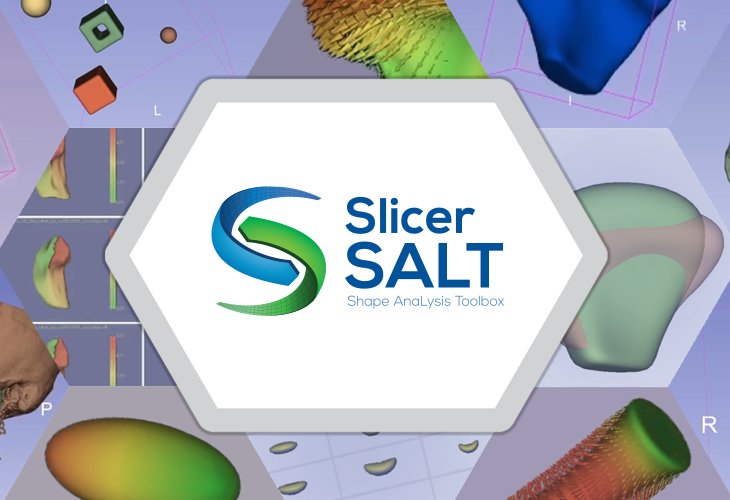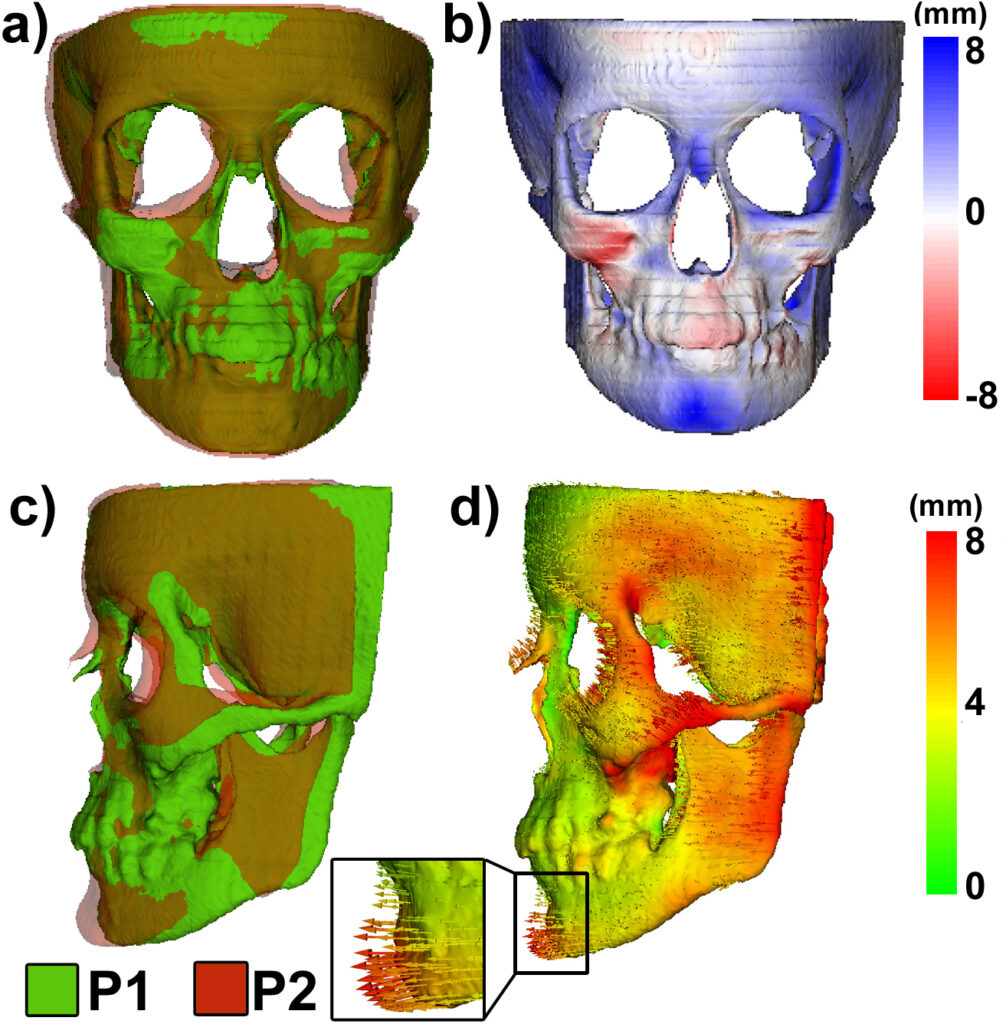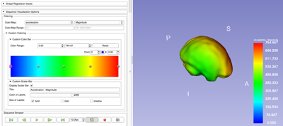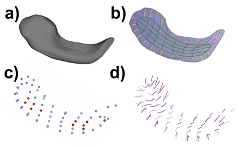NIH Renews SlicerSALT Funding to Continue Advancing Biomedical Imaging Research

Kitware has obtained renewal funding from the NIH’s National Institute of Biomedical Imaging and Bioengineering (NIBIB) to continue our work in SlicerSALT. SlicerSALT is a custom application built on Kitware’s 3DSlicer. SALT is a comprehensive open source platform for advanced shape modeling and analysis methodology. SlicerSALT allows the application of these computational geometry capabilities to clinical applications via high-quality engineering techniques, improved user experience, and providing excellent user documentation. Over the past four years, and thanks to the funding of the NIBIB, SlicerSALT has been successful in increasing the ease of use and effectiveness of state-of-the-art shape analysis methodology for biomedical researchers.

The SALT team, currently led by Beatriz Paniagua, Ph.D., assistant medical director at Kitware, will continue to develop shape analysis methodologies that have been under development for the past three decades. During this new project period, the team will continue maximizing the success of SALT by modifying the architecture to better integrate biomedical imaging research workflows. These modifications will include improving efficiency and scripting capabilities. They will shift their focus from shape modeling into state-of-the-art statistical shape analysis methodologies, which are necessary to serve clinical applications and to increase the interpretability of shape biomarkers. For example, localizing statistically significant differences between two or more groups of shape models. We will also continue to disseminate novel example applications that best demonstrate how to use our tools to perform impactful research and will provide fully digital documentation for user support.


SlicerSALT will continue providing biomedical researchers with access to sophisticated shape analysis methodology otherwise reserved for computer science experts. The advancements the team is planning will maximize the potential benefits of the geometric information contained in medical data and expand its use to support impactful biomedical research. The team aims to make SlicerSALT the go-to research tool for disciplines that require shape modeling and analysis to help answer biomedical and biomechanical questions.
The importance of statistical shape analysis
Statistical shape analysis is an essential area of research in computer science and mathematics, with application areas as diverse as biology, anatomy, agriculture, and paleontology. The shape of biomedical structures captures critical morphometric information not encoded in simple derived measurements, such as volume. SlicerSALT is supporting a broad community of biomedical users with computational tools that are otherwise only available to a few specialized research groups. We look to continue supporting biomedical research through open and intuitive access to the latest technologies for shape analysis.
Using SlicerSALT
Learn from the expert herself, Bea Paniagua! Developed for the SlicerSALT workshop held virtually in conjunction with the IADR conference, Bea created a series of video modules to help researchers learn how to use SlicerSALT for their shape analysis research. She introduces shape analysis concepts, addresses some of the challenges you may encounter, and how to interpret your own results. After watching these videos, you will gain an understanding of what shape analysis is, learn how to perform shape analysis using SlicerSALT, and know how to apply it to your own projects.
Module 1: Input Data Quality Assessment
Module 2: Shape Representation
Module 3: Quantification and Visualization
Acknowledgment
Research reported in this publication was supported by the National Institute Of Biomedical Imaging And Bioengineering of the National Institutes of Health under Award Number R01EB021391 and R56EB021391. The content is solely the responsibility of the authors and does not necessarily represent the official views of the National Institutes of Health.